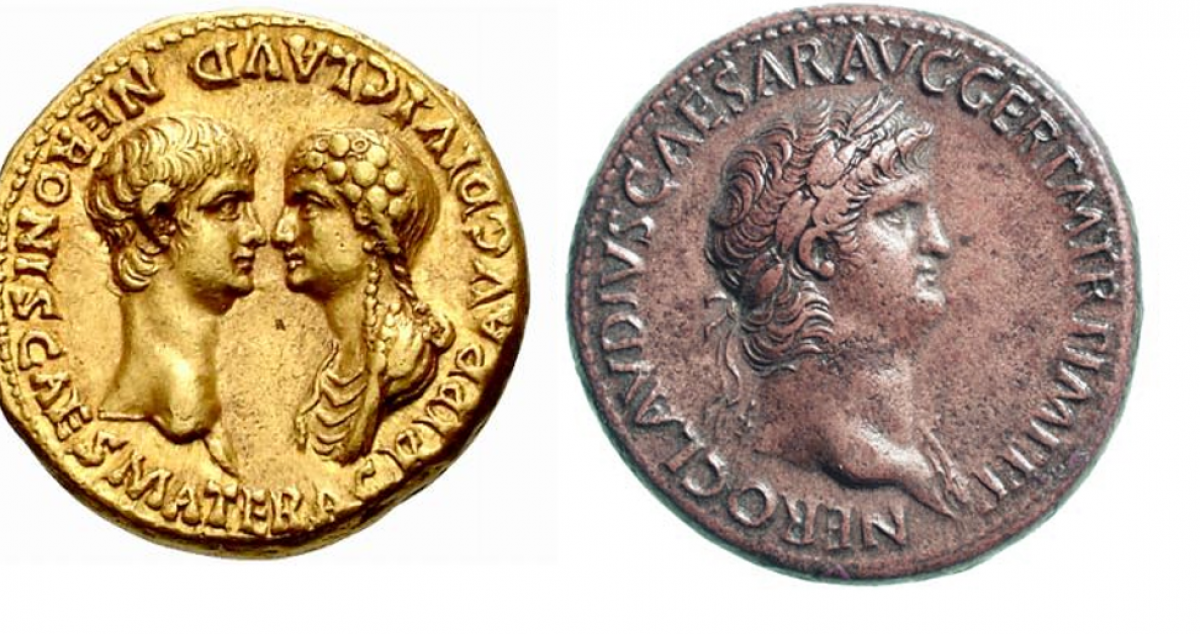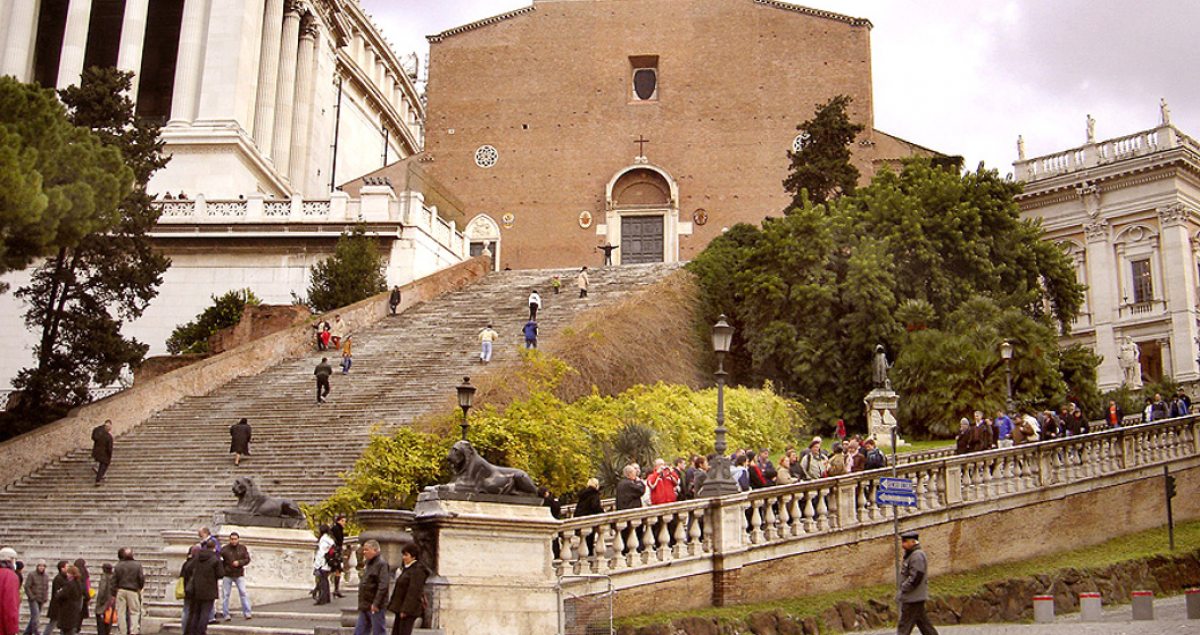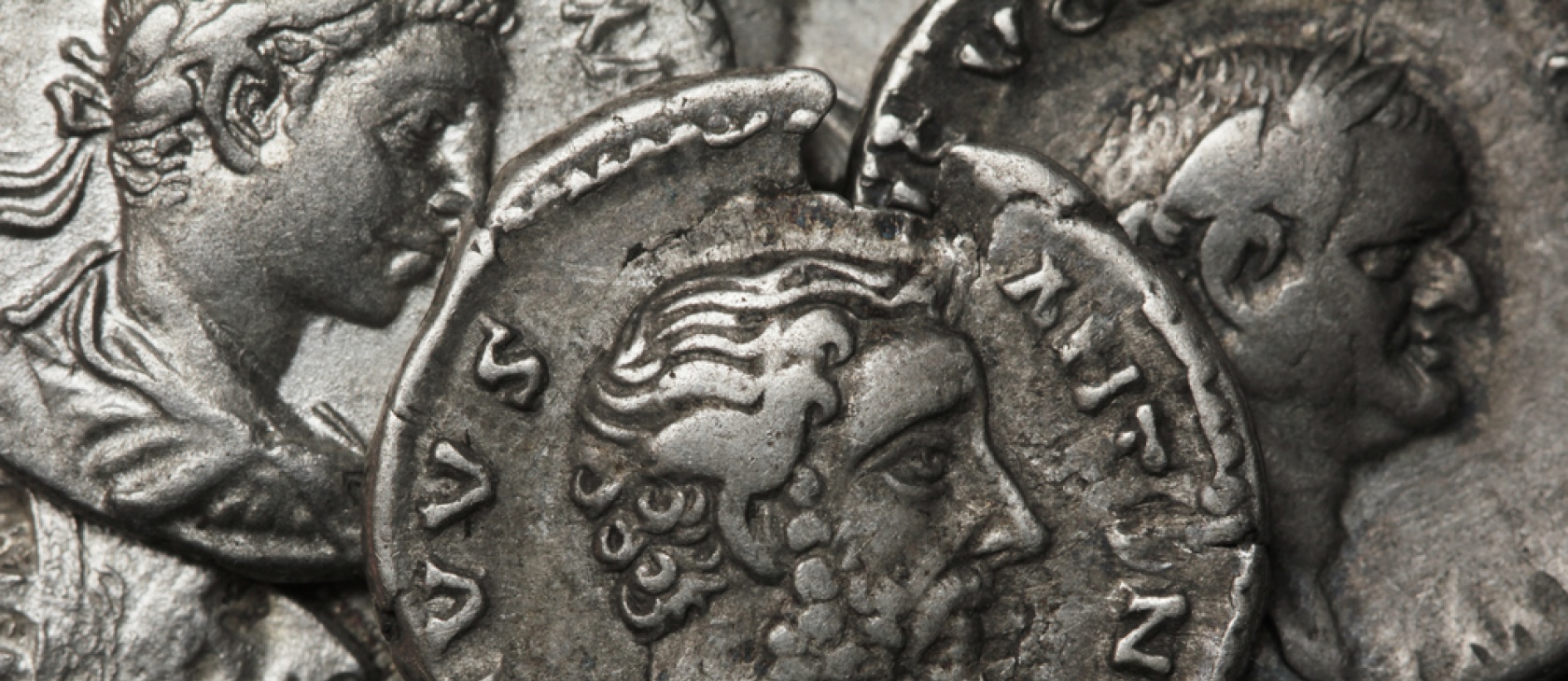This is the sixth installment of the "Romenomics” series, which aims to study commerce in ancient Rome in order to better appreciate the economic present. See part one, part two, part three, part four, and part five of the series.
In this Romenomics series, I have already commented on pecunia (money). The Latin word derives its original meaning from pecus – that is, sheep, cattle, and other livestock once used as major trading commodities in the early Kingdom and Republic of Rome.
As Rome expanded across the Mediterranean basin and transitioned to a veritable political and economic powerhouse, primitive bartering instruments would have stifled its overall wealth creation. A universal, state-recognized, precious metal-backed currency was an absolute necessity for long-term stability and industrial growth.
In this essay, my intention is to take a deeper dive into some monetary and spending policies, with particular attention given to the period of the Five Good Emperors when wealth, power, and peace all reached their peak.
First, let’s briefly summarize the common monetary units in ancient Rome. The Romans had a gold standard with the aureus, while the most common currencies were minted in silver and bronze but measured their worth against gold. According to the Encyclopedia Britannica, the aureus was the
basic gold monetary unit of ancient Rome and the Roman world … and was equal to 25 silver denarii; a denarius equaled 10 bronze asses. In 89 BC, the sestertius, equal to one-quarter of a denarius, replaced the bronze ass as a unit of account.
There were other basically worthless coins like the brass dupondius (2 asses). Over time, as metal debasement advanced in Roman coinage, other brass regional currencies were introduced for micro-acquisitions (e.g., a few vegetables or a piece of leather), not too different from the nickel, dimes, and pennies of the U.S. dollar. They were thin and were easily subject to material erosion, and subsequently replaced by more durable copper coins such as the quadrans (one-fourth of an ass). As both gold and silver coins were debased by more than 40%-50%, “double value” coinage was minted, such as the solidus(double aureus) and the antoninianus (double denarius). Further debasement, led to minting of other low-value coins for making smaller change.
It was Julius Caesar who really began the tradition of embossing all newly minted coins with the portrait of Rome’s highest political leader, particularly on the gold aureus. His portrait acted as a state guarantee of their value. While some coins were minted quickly during currency shortages, rendering poor semblances of reigning emperors after Caesar, most were made with remarkable precision to inspire confidence in the coins’ worth and authenticity. But as emperors developed into personality cults and gained divus (divine) status, vanity became a primary concern. The most famous example is the coins of Nero, which always depicted him with perfectly wavy hair. Furthermore, it was important for emperors’ images to appear strong and confident as Rome expanded with providential force. On the reverse side of coins, much like today, there were images of deep historical and cultural significance to ancient Rome, such as deities, temples, and festivals. This propagandistic tool of promoting patriotism and religion is a legacy of Roman minting that still lives on today.

Monetary reform began with Augustus, who took personal oversight of the minting golden aurerii and silverdenarii. He delegated all other minting to the Roman Senate. His personal supervision and that of his successors implied there was sifting of the precious metals at mints or stealing of the coins themselves. Many believe the site of the city of Rome’s imperial mint for gold (99% pure) and silver coinage (around 95% pure) was in fact in the Ara Coeli (“Altar of Heaven”) to provide protection from the gods against any stealing. Originally called the Temple of Juno Moneta (where we get the word “money”), the Ara Coeli mint was located just steps away from the imperial headquarters on the Capitoline Hill for maximum security.

After Augustus, the Julio-Claudian dynasty (Tiberius, Caligula, Claudius, and Nero) left minting practices largely unchanged, except when Nero began debasing the aureus and denarius to boost financing of Rome’s reconstruction after the great fire in 64 A.D. and his lavish Golden House built on the embers. Subsequently, Domitian of the Flavian dynasty reversed Nero’s reforms back to the purity levels of Augustus. This stabilized inflation for the time being.
The Five Good Emperors (Nerva, Trajan, Adrian, Antoninus Pius, and Marcus Aurelius), again slightly debased currencies to mint more coins. Their urgent objective was to pay for massive military campaigns (Britain, Gaul, Dacia) and public works (baths, temples, aqueducts, amphitheaters, and roads) that were constructed at breakneck speed across the empire during their nearly 100-year reign (96-180 A.D). While initially this debasement policy was the first real experiment with fiat monetary policy, the Five Good Emperors were, above all, known for their personal frugality, unlike the egotistical Nero and the 15 years of ruthless persecution and hedonism under Domitian.
In his article, ”Good Emperors, Good Economics?”, Dan Crowley points out the following:
Frugality was also an important economic instrument, as it set a model for subjects to emulate. For instance, Nerva banning gold statues being made in his honor signaled to the public that the excesses of Domitian’s reign were over, and gave his efforts to reduce Domitian’s lavish spending legitimacy and authority …. Similarly, Hadrian’s asceticism buttressed his plans to curb military expenses, ….[while wearing] the “commonest clothing” in the camp to “incite others by the example of his own soldiery spirit.”
According to Crowley, the Five Good Emperors “refocused the economic priorities of the state onto the public good and away from the frivolous vanity projects of Nero and Domitian. Thus they became renowned for their generous fiscal and monetary policies.”
This is mostly true, but with some noteworthy exceptions. While lowering taxes, promoting public savings, canceling much of his predecessor’s extravagant projects, and even selling off his own personal property, Nerva reimbursed landowners whose properties were forcibly removed by Domitian and granted parcels of land to poor Romans to develop them agriculturally and for other enterprise. Overall, Nerva’s reign was very conservative fiscally and lasted only two years. He had not much time ruling Caput Mundi to do much fiscal damage, but he did set a general tone of prudence for the next four Good Emperors.
By tightening up spending on other public expenditures, Trajan created alimenta or “alimony trusts” to support impoverished children (abandoned or orphaned) and expanded the Roman Forum with a new central, multi-level indoor market (first-ever “mall”) as international business began to boom in the city. Yet, his two wars in Dacia racked up costs for the treasury, and hence he decided to debase the silver denariusslightly to 90 percent to pay his armies well.
Despite his massive infrastructure and public works projects (particularly his border walls in Britain, the Pantheon, the Imperial Mausoleum), Hadrian concentrated on cancelling debts of citizens and personally assisted senators who had become impoverished to relaunch their businesses. Yet, he broke the bank while splurging on a gigantic villa in Tivoli, south of Rome, that he never had much time to enjoy because of his constant travel. Antoninus Pius, the least famous of the five, had the most influential economic policy by establishing low interest loans (4%) to spur economic recovery in certain provinces. However, he nearly crippled imperial treasury and triggered, once again, a trend of currency debasement, when paying for Rome’s 900th birthday party. As Patrick Lynch writes:
He also spent a fortune in 148 AD celebrating the 900th anniversary of Rome’s foundation. It was a magnificent festival by all accounts, but it drained the treasury to such a degree that the emperor was forced to devalue the denarius. He changed the amount of silver in the coins from 89% to 83.5%. It was the beginning of what was an extraordinary level of currency debasement over the next couple of centuries.
Marcus Aurelius, who like Hadrian and Trajan, was virtually never in Rome while on military campaigns and diplomatic missions, was not a big spender on engineering projects. With these savings, he “gave grants to struggling cities and forgave an additional 45 years’ worth of debt” of Roman citizens, writes Crowley. Yet his long, drawn out wars in barbarian regions – like Trajan’s in Dacia – were a huge strain on Rome’s coffers. This led him to devalue the denarius to 74% purity. According to Lawrence Reed and Marc Hyden in their FEE article Rome: Money, Mischief and Minted Crises:
This was the most impure standard set for the denarius up to this point in Roman history, but the trend would continue. Aurelius’ son Commodus (reigned 177–192 AD), a gladiatorial wannabe, was likewise a spendthrift. He followed the footsteps of his forebears and reduced the denarius to 104 coins to the pound and only 74 percent silver.
Readers might be wondering what sort of austerity is involved in imperial subsidies, grants, trusts, debt cancellations, and wars, which all end up being massive costs to Rome’s budget. In the Golden Age context, the austerity is found in not spending taxpayer money on themselves and pet-pleasure projects (as with Nero and Domitian), but on the people of Rome, their business development, necessary infrastructure and on some minimal social safety net. This, of course, was one of the reasons they became so popular and that there was peaceful transition from Nerva to Marcus Aurelius, right until the end of the Pax Romana.
The Five Good Emperors initially tinkered with fiat monetary policy in attempts to quickly bolster public finances – particularly wars and infrastructure. But they soon realized it was wiser to spend less and better, at least on more focused projects that actually contributed to the public good, peace and prosperity of Rome.
Certainly, they were not all saintly emperors nor perfectly wise financial stewards, but at least they did believe that the genuine prosperity of the people meant a happier and longer-lasting Empire. Their greatest defect was gradually debasing the silver denarius. After the Five Good Emperors’ reign ended, in fact, this became the norm and eventually was the cause of a financial death spiral for the Empire, which collapsed into uncontrollable hyperinflation it’s very last century.




